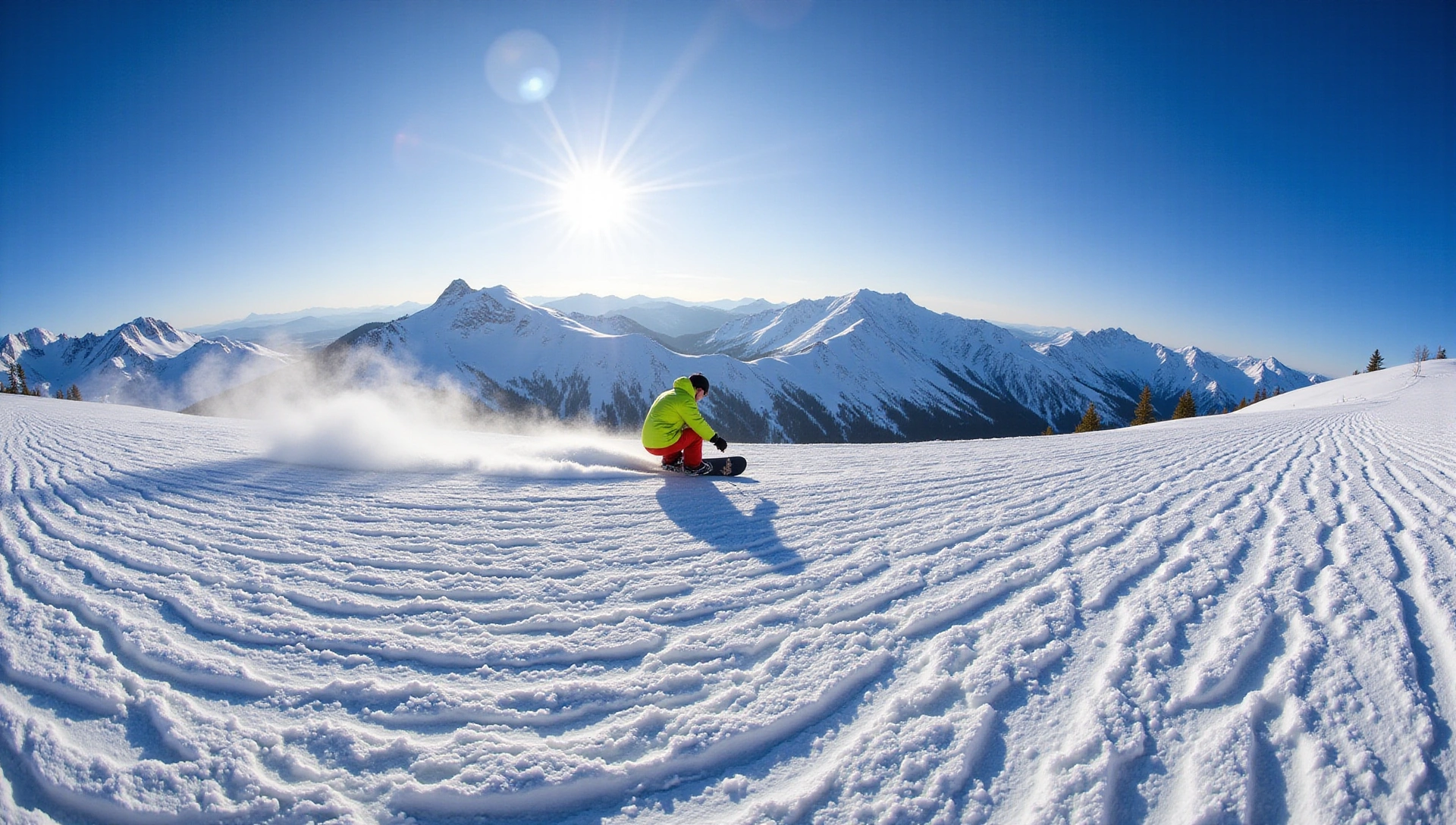
The Freedom of Snowboarding
Snowboarding, a thrilling winter sport, involves descending a snow-covered slope while standing on a snowboard attached to the rider's feet. It's a sport that combines elements of surfing, skateboarding, and skiing, offering a unique sense of freedom and exhilaration. Born in the 1960s and 70s, snowboarding truly started to gain mainstream popularity in the 1980s and 90s, evolving from a niche activity into a global phenomenon.
The allure of snowboarding lies in its fluid movements, the ability to carve graceful turns, and the adrenaline rush of tackling challenging terrain or performing aerial tricks. It appeals to those seeking an alternative to traditional skiing, often attracting a younger, more rebellious crowd in its early days. Today, it's embraced by people of all ages and skill levels, from beginners cautiously making their first turns to seasoned pros pushing the boundaries of what's possible on snow.
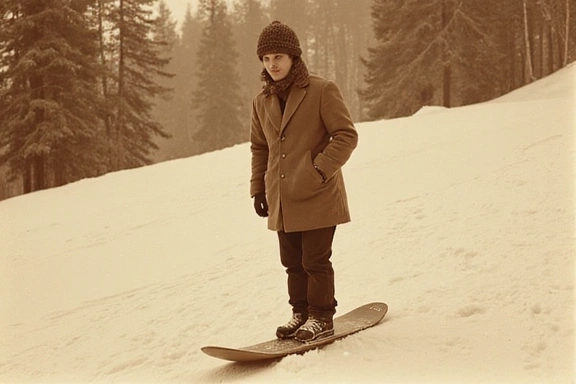
Early days of snowboarding, a blend of surfing and skiing.
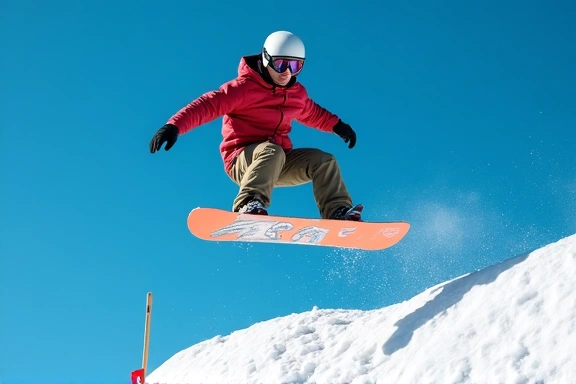
Modern snowboarding showcasing aerial maneuvers.
Snowboarding Essentials
Before hitting the slopes, understanding the fundamental concepts and rules of snowboarding is crucial for both safety and enjoyment. Snowboarding is a sport that requires balance, coordination, and an understanding of how to control your board.
- Stance: Determine whether you are "regular" (left foot forward) or "goofy" (right foot forward). This is often a natural preference and dictates how your bindings are set up.
- Edge Control: The most fundamental skill. Snowboards are ridden on their edges (heel edge and toe edge) to turn, stop, and control speed. Learning to transition smoothly between edges is key.
- Falling Safely: Falls are inevitable, especially for beginners. Learn to fall correctly to minimize injury, often by rolling with the fall and distributing impact. Wrist guards are highly recommended.
- Lift Etiquette: Understand how to safely load and unload from chairlifts with your snowboard. Always follow the instructions of lift operators.
- Trail Signs & Markings: Familiarize yourself with trail difficulty ratings (green circle for easy, blue square for intermediate, black diamond for advanced) and other important signage on the mountain.
- Respect the Mountain: Always be aware of other riders and skiers, maintain control, and do not stop in congested areas or where you are not visible from above.
- The Responsibility Code: A set of rules for safety on the slopes. Always stay in control, yield to people ahead of you, stop in a safe place, look before starting downhill or merging, and use devices to prevent runaway equipment.
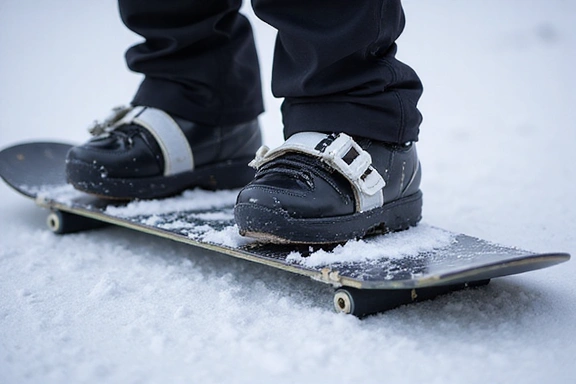
Understanding your stance and edge control is paramount.
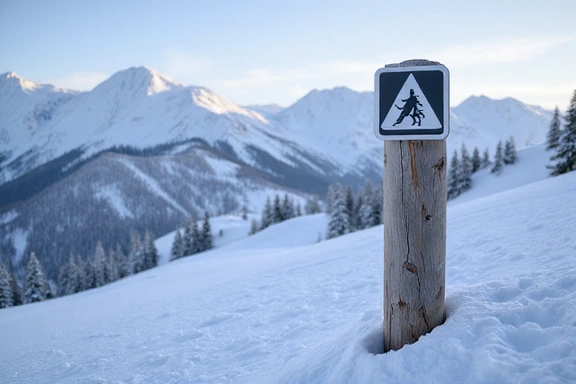
Always observe trail signs and respect the mountain's rules.
Your Snowboarding Setup
Having the right equipment is essential for a safe, comfortable, and enjoyable snowboarding experience. Each piece of gear plays a vital role in your performance and protection on the mountain.
-
Snowboard: The centerpiece of your gear. Snowboards come in various shapes, sizes, and flex patterns, designed for different riding styles (all-mountain, freestyle, freeride, powder). Beginners typically start with a softer, more forgiving board.
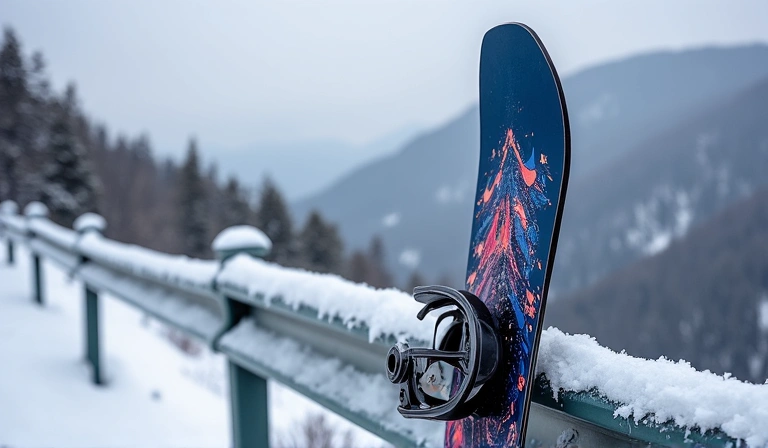
-
Boots: Snowboard boots are designed for comfort, support, and responsiveness. They should fit snugly but not painfully, providing good ankle support. Boots come in various flex ratings, matching different riding styles.
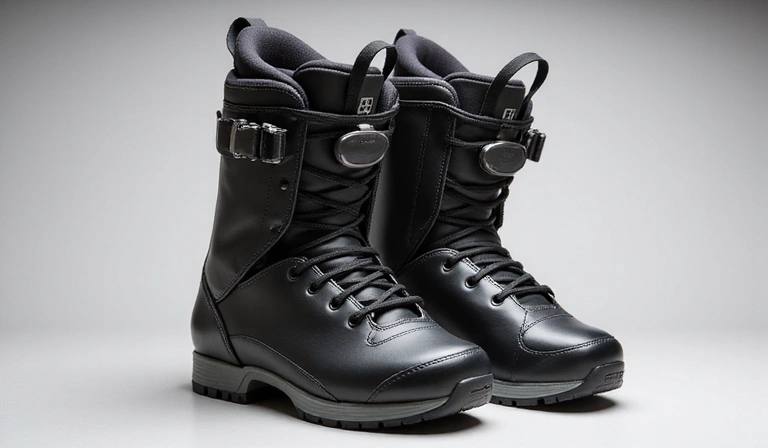
-
Bindings: Bindings connect your boots to your snowboard. They are crucial for transmitting your movements to the board. Ensure your bindings are compatible with your boots and board, and set them up according to your stance.
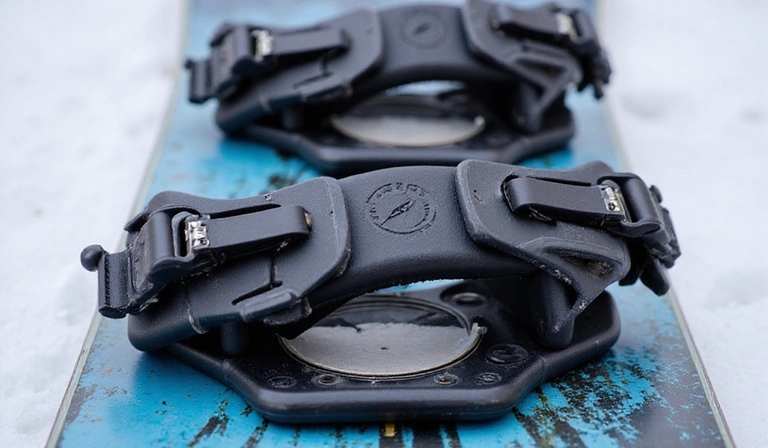
-
Helmet: A non-negotiable safety item. A helmet protects your head from impacts and provides warmth. Choose one that fits properly and meets safety standards.
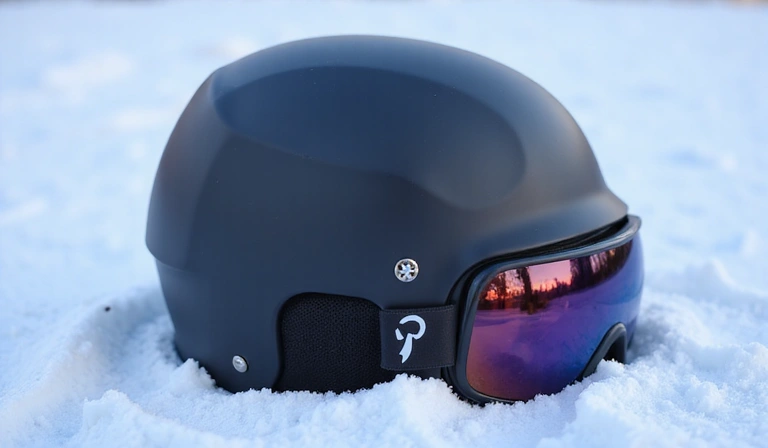
-
Goggles: Essential for protecting your eyes from snow, wind, and harmful UV rays. Good goggles also improve visibility in varying light conditions. Look for anti-fog features.
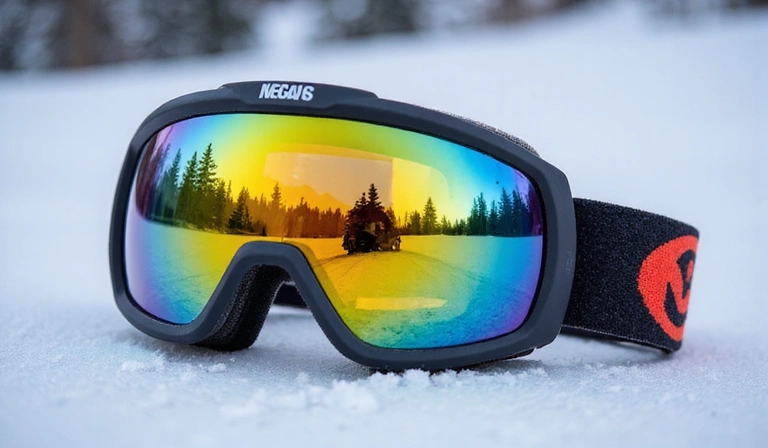
Top Snowboarding Spots in the USA
The United States boasts some of the world's most incredible snowboarding destinations, offering diverse terrain, abundant snowfall, and world-class facilities. Whether you're a beginner or an expert, there's a perfect spot for you to shred.
Find prime shredding locations across various regions. For instance, the **Rocky Mountains** in Colorado are legendary, with resorts like Breckenridge, Vail, and Aspen Snowmass offering immense terrain, fantastic parks, and deep powder. California's **Sierra Nevada** mountains are home to Mammoth Mountain, known for its extensive park features and long season, and Lake Tahoe resorts like Heavenly and Northstar, blending stunning views with varied runs.
The **Pacific Northwest**, with areas like Mount Hood in Oregon and Crystal Mountain in Washington, provides incredible tree runs and abundant snowfall, often with a unique, damp snow perfect for carving. Even the **East Coast** has its gems, such as Killington in Vermont, offering expansive terrain parks and a lively atmosphere, and Sunday River in Maine, known for its consistent snowmaking and diverse trails.
Each region offers a unique flavor of snowboarding, from the dry, light powder of the Rockies to the coastal snow of the Pacific Northwest. Exploring these diverse locations is part of the adventure. For more detailed information on specific resorts and their offerings, be sure to visit our Resorts page.
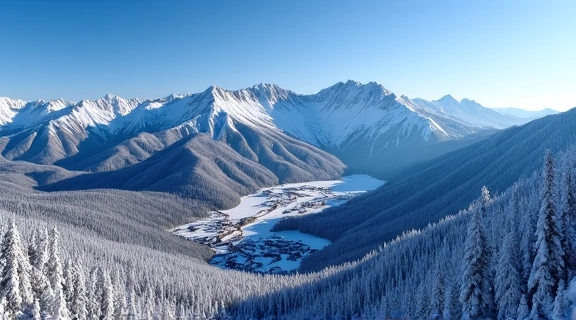
Colorado's legendary Rocky Mountains offer unparalleled powder.
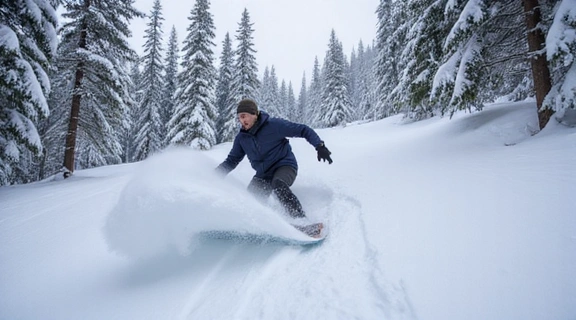
Pacific Northwest: Deep snow and incredible tree runs.
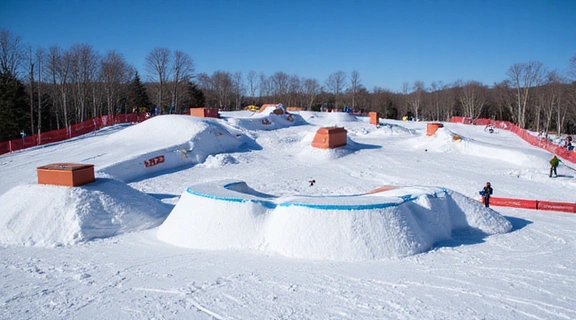
East Coast resorts provide challenging parks and diverse trails.
Shred Responsibly: Snowboarding Safety
Snowboarding is an exhilarating sport, but like any adventure activity, it comes with inherent risks. Adhering to safety guidelines is paramount to ensuring an enjoyable experience for yourself and everyone else on the mountain.
- Wear a Helmet: This is the single most important piece of safety equipment. Head injuries can be severe, and helmets significantly reduce the risk. Always wear a properly fitted helmet.
- Know Your Limits: Only ride on trails and in conditions that match your skill level. Attempting terrain beyond your capabilities is a common cause of accidents.
- Stay in Control: Always be able to stop or avoid other people or objects. Speed control is crucial, especially in crowded areas.
- Look Before You Leap: Before starting downhill or merging onto a trail, look uphill and yield to others. This includes looking before entering terrain parks or hitting jumps.
- Respect the Mountain Code: Familiarize yourself with and follow the "Skier/Snowboarder Responsibility Code." This includes rules about yielding, stopping safely, and avoiding collisions.
- Visibility is Key: Wear bright clothing, especially in low light or stormy conditions. Use goggles that provide good visibility for the current weather.
- Stay Hydrated and Fuelled: Snowboarding is physically demanding. Drink plenty of water and eat regularly to maintain energy levels and prevent fatigue, which can lead to mistakes.
- Ride with a Partner: Especially when exploring new terrain or off-piste areas, riding with a friend is safer. If an accident occurs, help is readily available.
- Check Your Equipment: Before each ride, inspect your bindings, board, and boots to ensure they are in good working order and properly adjusted.
- Be Aware of Conditions: Pay attention to weather forecasts, snow conditions, and avalanche warnings if venturing into backcountry terrain.
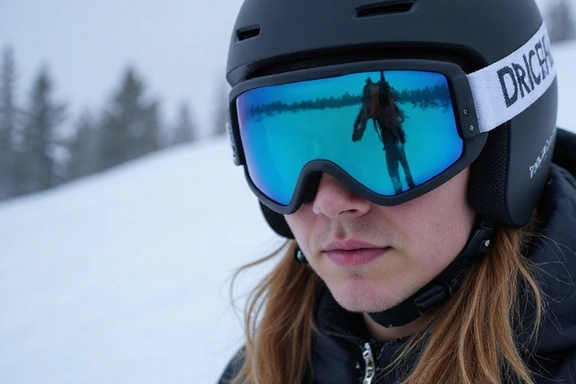
A helmet is your best friend on the mountain – always wear one.
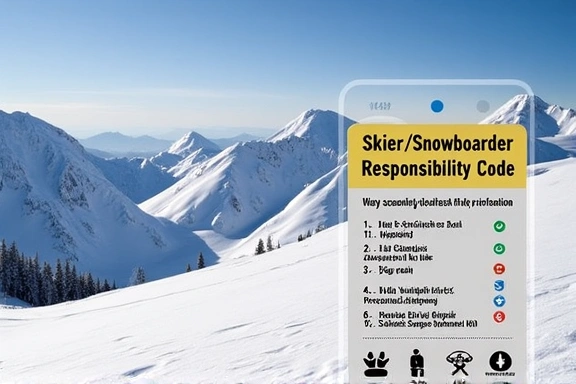
Familiarize yourself with the Responsibility Code for everyone's safety.